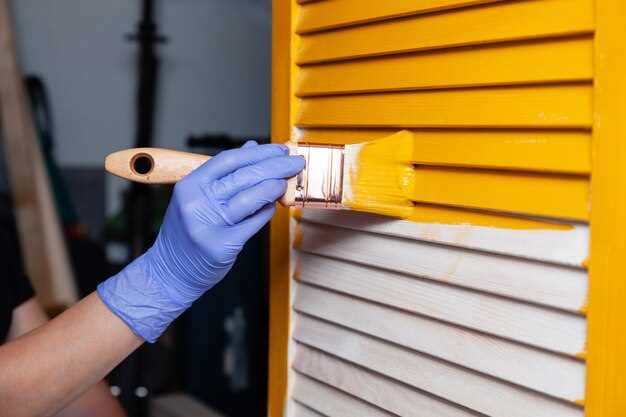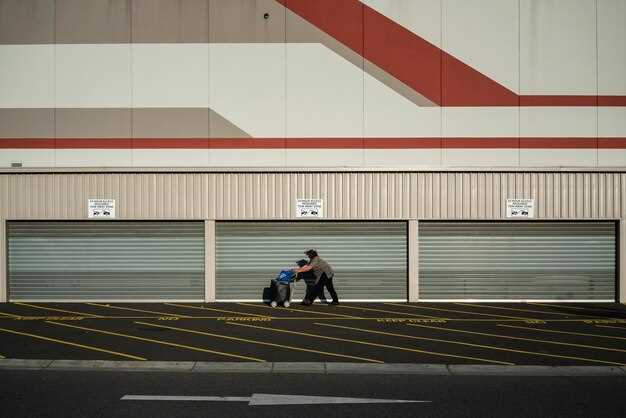
When it comes to maintaining the pristine condition of your vehicle’s paintwork, the choice of parking space plays a significant role. Storage options can greatly influence the longevity and appearance of your car’s exterior. While outdoor parking may offer convenience, it often exposes your vehicle to harsh environmental elements that can accelerate paint fading and deterioration over time.
Garages provide a controlled environment, shielding your vehicle from the sun, rain, and debris that can cause fading and damage to the paint. In contrast, outdoor parking leaves your car vulnerable to various factors, including UV rays and harsh weather conditions, which can lead to premature aging of the paint. Understanding these differences is crucial for car owners seeking to preserve their vehicle’s aesthetic appeal and overall value.
This article will delve into practical tips for enhancing paint durability, comparing the advantages of garage storage versus outdoor parking. By implementing the right strategies, you can significantly extend the lifespan of your car’s finish, ensuring that it remains vibrant and protected for years to come.
Garage vs Outdoor Parking Tips for Paint Durability

When it comes to preserving the paint durability of your car, the choice between garage and outdoor parking plays a crucial role. Each option presents its own set of advantages and challenges.
Storing your car in a garage offers several benefits that can significantly enhance the longevity of your vehicle’s paint:
- Protection from Environmental Elements: Garages shield your car from harsh weather conditions such as rain, snow, and UV rays, which can cause paint fading and deterioration.
- Less Exposure to Debris: In a garage, your car is less likely to be exposed to dirt, dust, tree sap, and bird droppings that can harm the paint surface.
- Controlled Environment: Garages typically provide a stable temperature and humidity level, minimizing the risk of paint issues caused by fluctuating conditions.
- Reduced Risk of Scratches: Parking indoors decreases the likelihood of accidental scrapes from other vehicles, shopping carts, or outdoor objects.
On the other hand, parking outdoors poses its own set of challenges:
- UV Damage: Constant exposure to sunlight can lead to oxidation and fading of the paint, making regular waxing essential for protection.
- Weather Damage: Rain, snow, and ice can lead to paint corrosion if the vehicle isn’t adequately maintained, requiring frequent washes and protective coatings.
- Environmental Contaminants: Dust, pollen, and bird droppings can lay on the car’s surface, necessitating routine cleaning to avoid paint damage.
- Potential for Vandalism: Parking outside increases the risk of scratches, dents, and other forms of vandalism that can impact paint integrity.
To enhance paint durability, consider the following tips regardless of where you park:
- Wash your car regularly to remove contaminants that can damage the paint.
- Apply a high-quality wax or sealant to provide an extra layer of protection.
- Use a car cover if parking outdoors for extended periods to shield it from the elements.
- Inspect the paint for any chips or scratches and touch them up promptly to prevent rust.
Ultimately, choosing between garage and outdoor parking should involve weighing these factors to ensure you maintain your car’s paint durability and overall appearance.
Choosing the Right Parking Option for Color Retention

When it comes to maintaining the vibrant color of your vehicle, selecting the appropriate parking option is crucial. Both garage and outdoor parking present unique challenges and benefits for paint durability. Understanding how these environments impact fading and storage can help you make the best choice for your car.
Garage parking offers superior protection against environmental factors that contribute to color fading. By shielding your vehicle from direct sunlight, rain, and snowfall, a garage minimizes exposure to UV rays, one of the leading causes of paint degradation. Additionally, controlled temperature conditions help prevent the expansion and contraction of paint, further enhancing color retention over time.
On the other hand, outdoor parking can expose your vehicle to various elements that accelerate fading. Pollutants, tree sap, and bird droppings are common outdoor aggressors that can harm paint integrity. Despite this, using high-quality wax or ceramic coatings can provide a temporary barrier against these elements, facilitating some level of protection even in outdoor settings.
| Parking Option | Protection Against Fading | Storage Benefits |
|---|---|---|
| Garage Parking | High – protects from UV rays, rain, and temperature fluctuations | Secure storage, reduces the risk of damage and theft |
| Outdoor Parking | Moderate – susceptible to environmental pollutants and UV exposure | Easy access, but higher risk of damage |
In summary, if color retention is a priority, garage parking is generally the better option due to its protective qualities and controlled environment. However, if outdoor parking is unavoidable, investing in protective finishes and routine maintenance can mitigate some of the risks associated with fading and enhance your vehicle’s overall longevity.
Best Practices for Car Storage to Prevent Fading
To maintain the vibrant color of your vehicle and prevent fading, proper storage is essential. Sunlight exposure, weather conditions, and environmental pollutants can significantly impact the exterior paint of your car. Here are some practices to consider for effective storage.
First, choose a shaded area or an enclosed garage whenever possible. Parking indoors significantly reduces exposure to UV rays, minimizing the risk of color fading. If indoor storage is not an option, consider using a high-quality car cover that offers UV protection and is breathable to prevent moisture buildup.
Second, regularly wash your car to remove dirt, dust, and contaminants that can damage the paint over time. Use a pH-balanced car soap and a soft microfiber cloth to avoid scratches. After washing, apply a wax or sealant to create a protective barrier against the elements, which also provides additional UV protection.
Additionally, invest in a protective film or coating designed for automotive paint. These products can guard against environmental hazards while enhancing the durability of your vehicle’s finish.
Lastly, avoid parking your car under trees, as falling leaves and sap can cause damage and discoloration. If outdoor storage is necessary, positioning your car at an angle can also help minimize the amount of direct sunlight it receives, further preventing fading.
Protective Measures to Extend Paint Lifespan in Any Environment
To ensure your car’s paint remains in optimal condition, whether stored in a garage or parked outdoors, implementing protective measures is essential. One of the most effective strategies is regular washing and waxing. Dust, dirt, and environmental contaminants can adhere to the paint surface, leading to oxidation and deterioration. Washing your vehicle at least once a month, followed by a high-quality wax application, creates a barrier against harmful elements.
Using a car cover is another highly recommended tactic for outdoor parking. This protective layer shields the vehicle from UV rays, rain, and tree sap, which can all damage the paint. When selecting a car cover, opt for one that is breathable yet waterproof, ensuring it doesn’t trap moisture underneath, which could promote rust.
For cars stored in garages, maintaining a stable environment is key. Consider adding a dehumidifier to combat moisture, which can cause paint issues over time. Additionally, using fabric storage pads can prevent scratches that might occur from contacting other surfaces within the garage.
Regular inspections are also crucial. Look for any signs of paint chips or scratches, as these can expose the metal beneath and lead to rust. Promptly addressing any damage with touch-up paint can greatly extend the paint’s lifespan. Furthermore, consider applying a ceramic coating for added durability. This provides an extra layer of protection, enhancing gloss and resistance to environmental damage.
In summary, whether your car is stored indoors or parked outside, maintaining its paint involves washing and waxing, using protective covers, controlling environmental factors, and promptly addressing any damage. Implementing these measures will significantly enhance the longevity and appearance of your vehicle’s paint.






